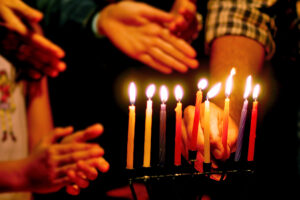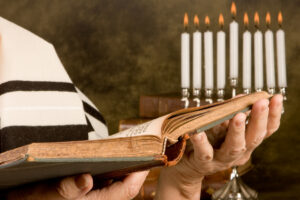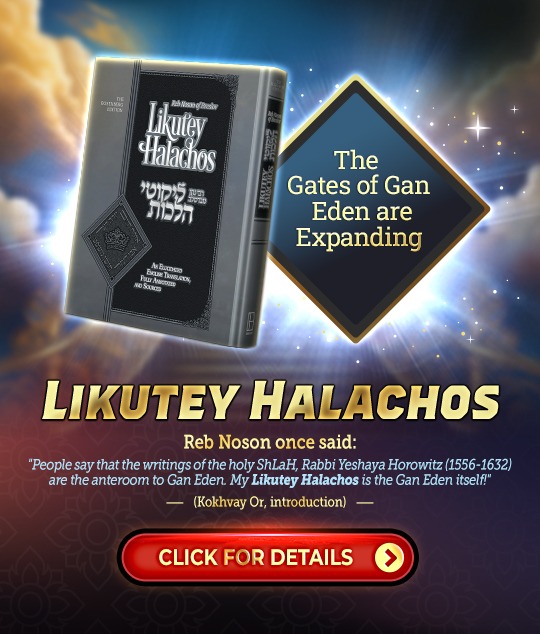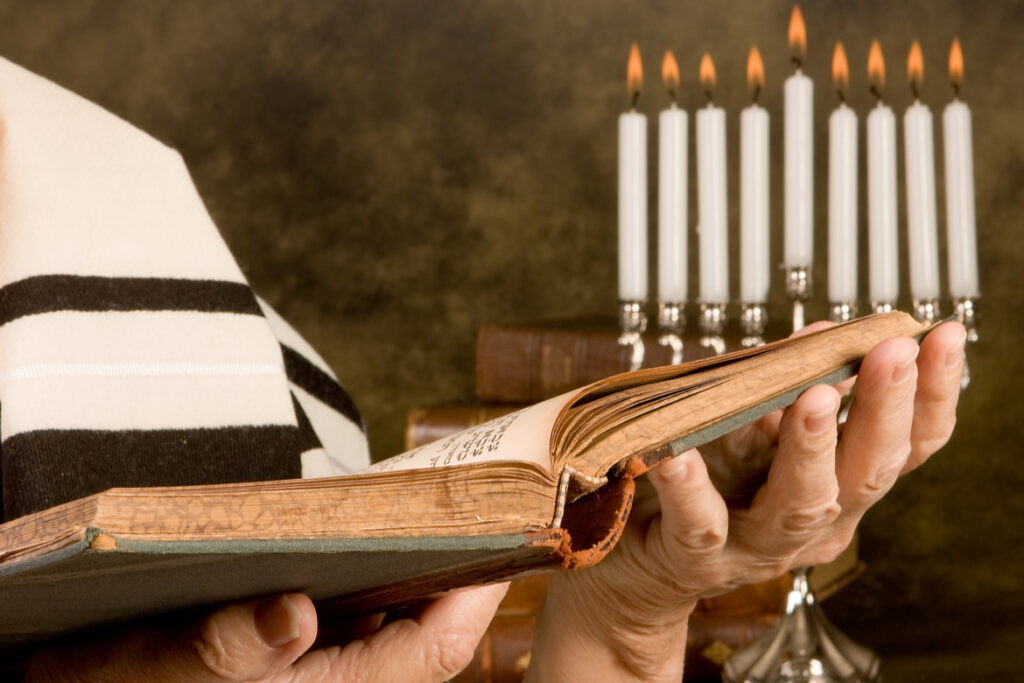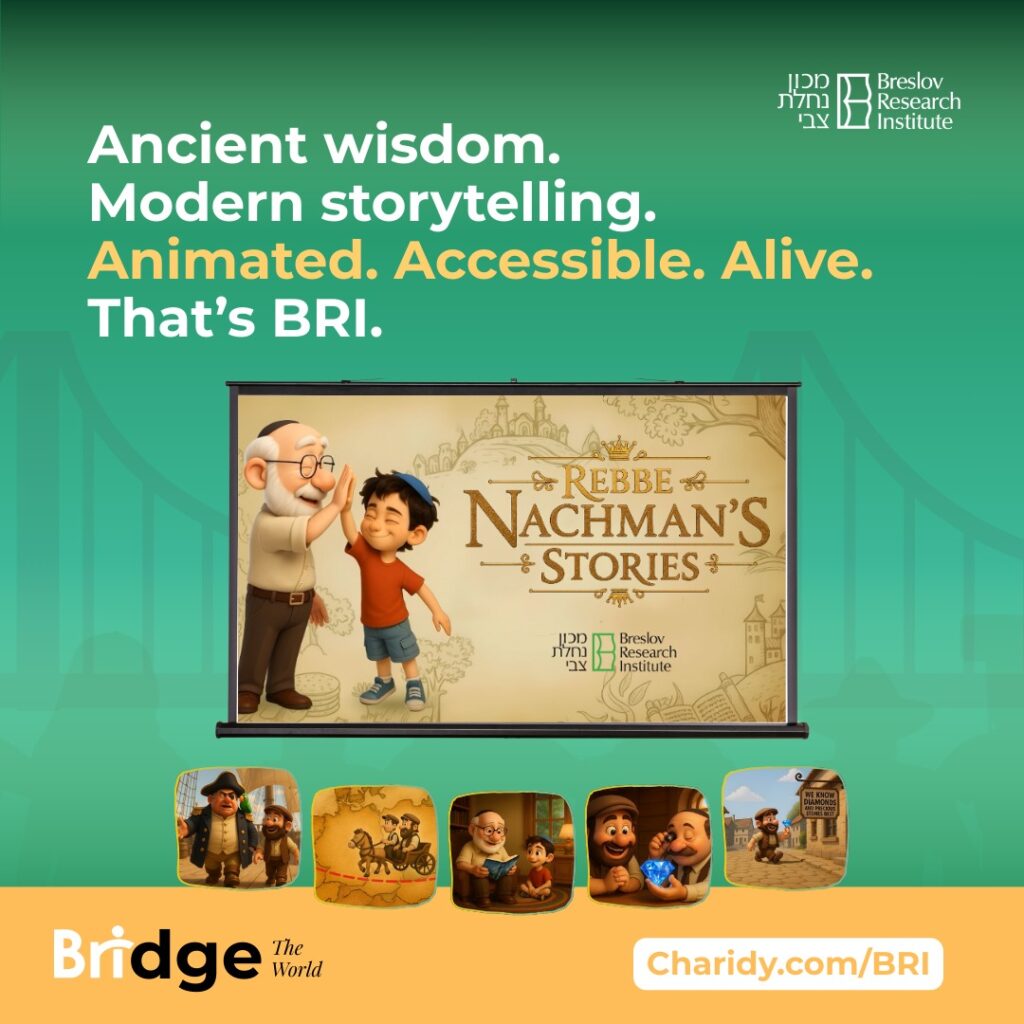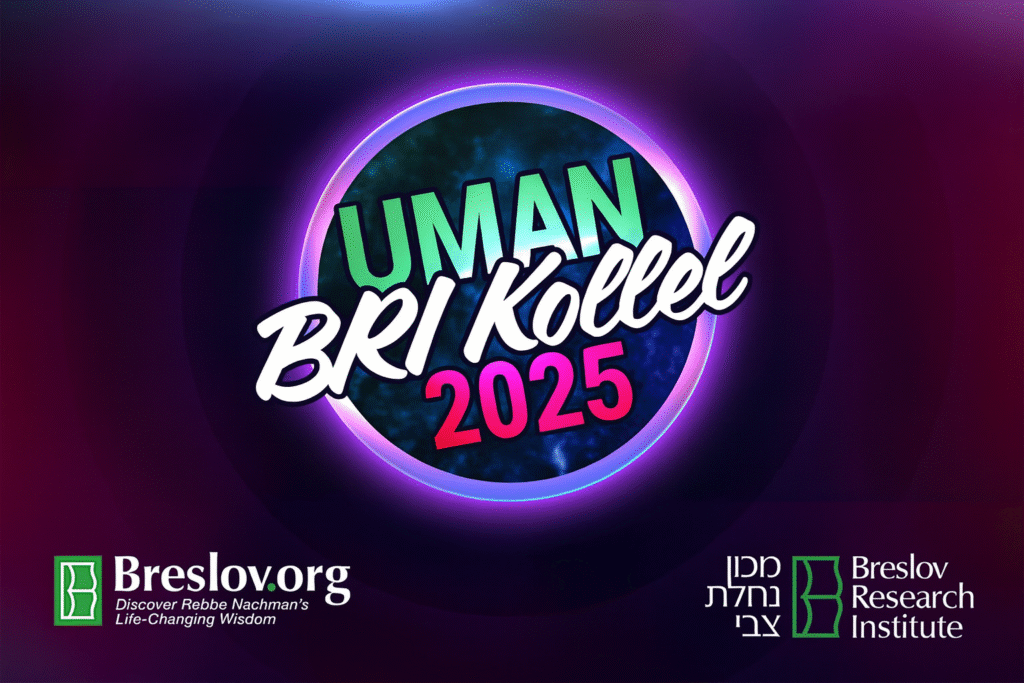- Faith ⬦ Read ⬦ Shabbat ⬦ Weekly Torah Portion
Be happy—but not just happy, really happy!
What does marriage have to do with the death of the Aaron’s sons?
This week’s Torah portion is called called parshat Shemini, and it describes the eighth day of the inauguration of the Mishkan (Tabernacle), as was mentioned in the previous Torah portions, Terumah and Pekudei.
The eighth day fell on the first day of Nissan which was the day which merited to “ten crowns” (lofty spiritual events that would take place for the first time on this day) as is recounted in the Midrash. However, on this same day a terrible tragedy also occurred: two of Aaron’s sons, Nadav and Avihu, entered the holy chamber of the Mishkan to offer an incense offering which G-d had not commanded them to do, and a fire came out from before G-d and burned them from within, killing them.
After the Nation of Israel sinned with the Sin of the Golden Calf and then about 300,000 people died in the plague, Moses went up twice to commune with G-d, not eating or drinking for forty consecutive days. During this time, he begged and pleaded with G-d to forgive His people. Finally, on Yom Kippur, G-d agreed to forgive the Nation of Israel, and on the day after Yom Kippur the work of building the Mishkan began.
How great was the joy on the first of Nissan when the Mishkan was finally completed. The entire nation saw G-d’s Glory descending on the Mishkan and the fire coming out and consuming the fire offerings and the sacrifices “and when all the people saw this, they sang praises and fell upon their faces” (Leviticus 9:24).
And this is when the great tragedy occurred. The two sons of Aaron who were sublimely righteous, holy, and pure, perished in this moment of joy. What an enormous catastrophe this was—and all on the day that everyone had been anticipating for so long. The Nation of Israel was in complete shock.
Moses turned to Aaron and told him, “This is what G-d spoke about when He said, ‘I will be sanctified through those who are close to me, and I will be glorified before all the people.’ And Aaron was silent” (Leviticus 10:3). Rashi explains: “Moses said to Aaron, ‘My brother, Aaron! I knew that this House was to be sanctified by those who are beloved of the Omnipresent G-d, and I thought it would be either through me or through you. Now I see that these (your sons who have died) are greater than you and I.”
What was Nadav and Avihu’s sin? The Zohar teaches: “They weren’t married!”
What does marriage have to do with the death of the Aaron’s sons? Here we will consider and explanation of Rebbe Nachman:
“On the topic of joy: an analogy. It can happen when people are happy and dancing, they might grab someone who is standing aside outside [the circle] who looks depressed and gloomy, and against his will, they bring him into the circle of dancers; against his will, they force him to be happy along with them. It is the same with happiness. When a person is happy, gloom and suffering stand aside. Yet greater still is it to gather the courage to actually pursue gloom and to introduce it into the joy, such that the gloom itself turns into joy. A person should transform gloom and all suffering into joy. It is like a person who comes to a celebration: the abundant joy and happiness then transform all his worries, depression, and gloom into joy. We find that he has grabbed the gloom and introduced it, against its will, into the joy, as in the aforementioned analogy” (Likutei Moharan II:23).
When a person is happy, gloom and suffering stand aside. Yet greater still is it to gather the courage to actually pursue gloom and to introduce it into the joy, such that the gloom itself turns into joy.
Rebbe Nachman explains that this idea is found in the words of the verse: “They will attain joy and gladness, and sadness and sorrow will flee” (Isaiah 35:10). In times of joy, it is the nature of grief and sorrow to “stand on the side” as it were, but a person must chase after these emotions and take a hold of them and to bring them into this same joy, so that the joy and gladness will “attain” them. Thus, the joy and gladness will take ahold of and vanquish the grief and sorrow, which naturally run away and flee from joy, and against their will, bringing them into the realm of happiness.
Rabbi Natan explains that we can understand from Rebbe Nachman’s words that the main joy is not when a person rejoices about things that would naturally make him happy—this type of joy is incomplete. The essence of joy is when there is something that is restricting a person, when there is an aspect of sadness, and even so, a person strives to find a holy aspect in it and to unite it with his joy despite everything. This is the only time when joy is considered complete.
This idea can be expressed in many different areas—even when looking at the general aspect of the creation: The Holy One blessed be He is the source of joy and there is no sadness before Him, as it is written, “Glory and majesty are before Him; might and joy are in His place” (Chronicles I, 16:27). And nevertheless, the Holy One Blessed be He, from His goodness and kindness, made the entire creation, from the starting point in the highest spiritual realms of Atzilut, to the heart of the physical World of Action which is highly susceptible to the Forces of Evil as well as sorrow and sadness as is known.
This even applies to one’s personal life—let’s take marriage as an example. The man represents the spiritual source of joy: “Glory (in Hebrew “ohz”) and majesty are before Him.” This is because it is the man who commanded regarding the brit (circumcision), about which it is said “in it is glory” (“bo ohz”). (This is found in the Zohar and is explained in detail in Likutei Moharan I:19.) On the other hand, the woman has the tendency from the evil inclination towards sadness and depression. The reason is because before the division of the Sefirot, the woman was on the side of Understanding (Binah) and Binah is the source of judgments (gevurot) in holiness which can be transformed into strict judgments which are the cause of sadness and depression. This is not to say that the woman is the source of sadness, but rather that the power of judgment and sadness has a greater hold on women, even though source of the woman herself is from a place of joy.
This is the reason for the tremendous joy at a wedding, because there is a unification between the grief and sorrow that clings to the woman with the joy that comes from the man. The union between man and woman represents the expansion of joy beyond the natural boundaries of joy, which encompasses those places which are far from joy—grief and sorrow—and brings them into the realm of holiness.
Have you ever seen a wedding without a band? Of course not. Everyone considers a band to be as an essential part of the wedding as the marriage contract. The reason is that the music has tremendous power to descend into the depths of a depressed spirit and bring joy to the heart, and it can elevate and change the mood completely. Musical instruments symbolize the ten types of music (see Likutei Moharan I:205), and their essence is to reveal the joy from grief and sorrow. This is what happens at the wedding when the union between a man and a woman takes place.
This is also one of the reasons for the importance that the Torah attaches to the union of a man and woman in holiness, because then the joy, as it were, unites with the side of grief and sorrow which is attached to feminine side. Specifically through this union, the holy points hidden on the feminine side are removed, raised up and rectified, similar to the example we brought from Rebbe Nachman.
Now we can connect these ideas to this week’s parsha. Regarding the incense is written, “Incense gladdens the heart” (Proverbs 27:9) because the incense is the main link between the worlds. It is known that the incense consisted of eleven spices, ten of which smelled delightful and pleasant, and one of which, the galbanum, had a bad smell. Yet, the galbanum was an essential component of the incense, for without it, the incense was incomplete. This hints that the incense offering was incomplete, just as joy is incomplete, if it is not connected to and raising up the sadness and sorrow into the joy, binding everything together, including even the places that are far from joy into the holiness.
Now we can understand in what way marriage is similar to the incense offering. The power to raise up the incense offering includes the aspect of sadness and sorrow (represented by the galbanum) raising it up and incorporating it within the joy of holiness. Similarly, do we see this same power at a wedding, because when a man marries (the Hebrew word for “marry,” is “nosei” which literally means “to lift up”) a woman, he elevates the grief and sorrow which clings to the woman and she becomes part of him, and this creates a unification in which joy reaches perfection.

This is the importance of getting married, which is the supreme and very sacred goal which is imposed on each and every Jew!
Though Nadav and Avihu were extremely righteous, they did not want to deal with the grief and sorrow of this world at all. They were completely bound to the Creator, but they were unwilling to descend into the depths of this worldly grief and sorrow to bind them to the holiness that, as mentioned above, is our main purpose in this world.
When the Aaron’s sons, Nadav and Avihu, approached to offer the incense, they intended to perform an act of uniting the world of galbanum—which symbolizes grief and sorrow—with joy, but they themselves were lacking this quality since they were not married and lacked this aspect of merging and sweetening grief and sorrow and including it in holiness. At that moment, they were exposed to the danger of encountering grief and sorrow which was not “sweetened” (mitigated), as happens when one has married. Therefore, the forces of grief and sorrow—which are the Sitra d’Mota (the Side of Death)—were able to damage them and they died.
We have learned, then, from the parsha, of the importance of getting married which is the supreme and very sacred goal which is imposed on each and every Jew—to marry a woman in holiness and to have children. This is where the perfection of the joy of the union between man and woman is revealed. We learned how joy becomes complete: increasing the joy over grief and sorrow—grabbing the grief and sorrow and to forcing them “against their will” to become part of the holiness, thus turning them into joy.
To illustrate this concept in a tangible way, we will bring an example that Rabbi Natan himself points out:
A person may feel that he is far from holiness because he is not praying properly nor serving G-d as he should be. He feels that he is worthless. The advice for this is to transform grief and sorrow into joy in the following way, by saying to himself: “It is true that I am far from holiness and that I do not serve G-d properly, but, nevertheless, I do merit putting on tefillin, keeping Shabbat, and rejoicing in the fact that I am a Jew. So, on the contrary, here I can find my greatest joy: that a person, who is as far away from serving G-d as I am, is still privileged to fulfil such important mitzvot and thus come closer to G-d.” This way of thinking positively can help one overcome sorrow and transform it into joy; thus the sorrow becomes a vehicle for holiness. In this way, we truly find delight and bring great joy on high.
(Based on Likutei Halachot, Priah v’Riviah 3:6)
- 0 comment




